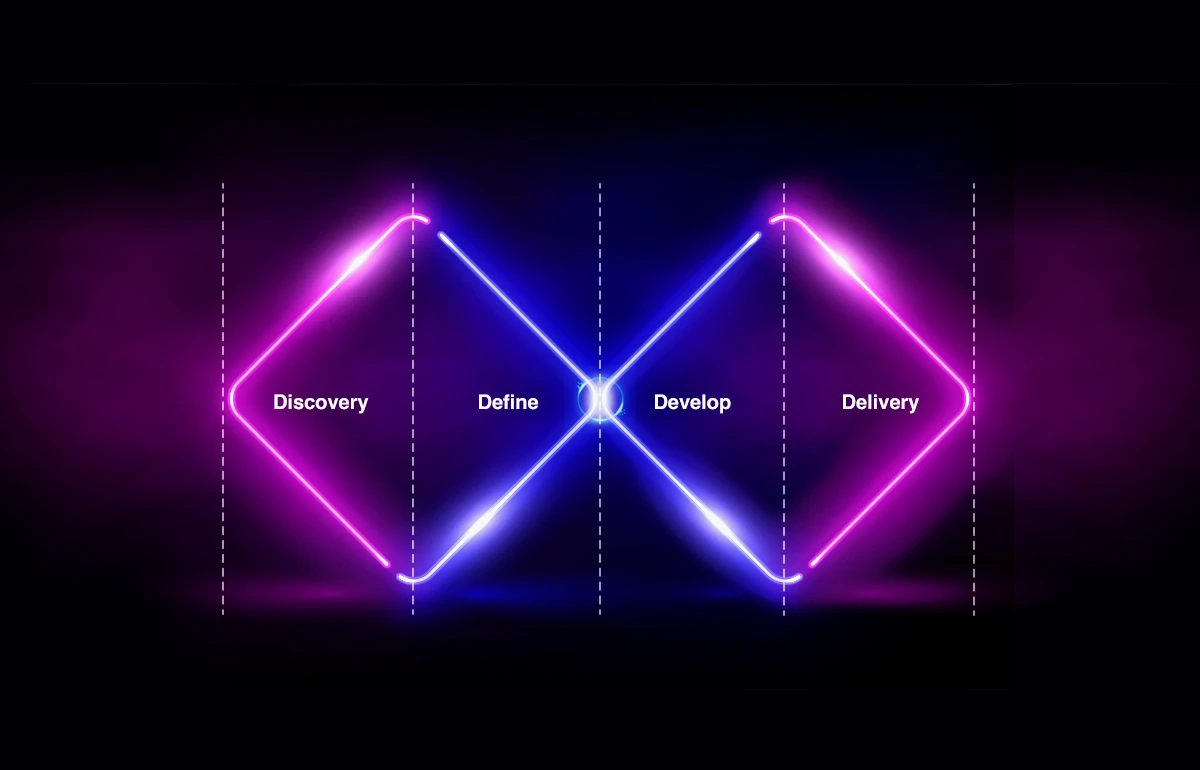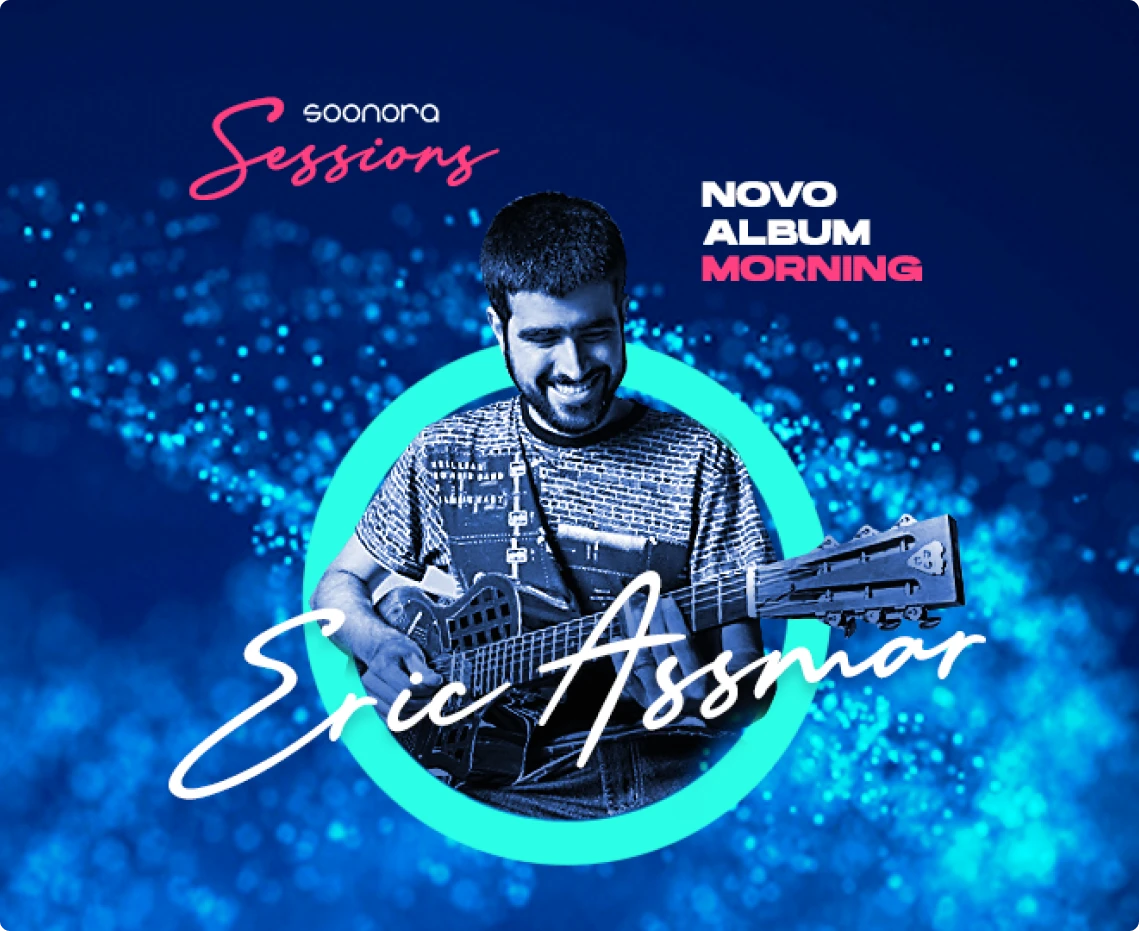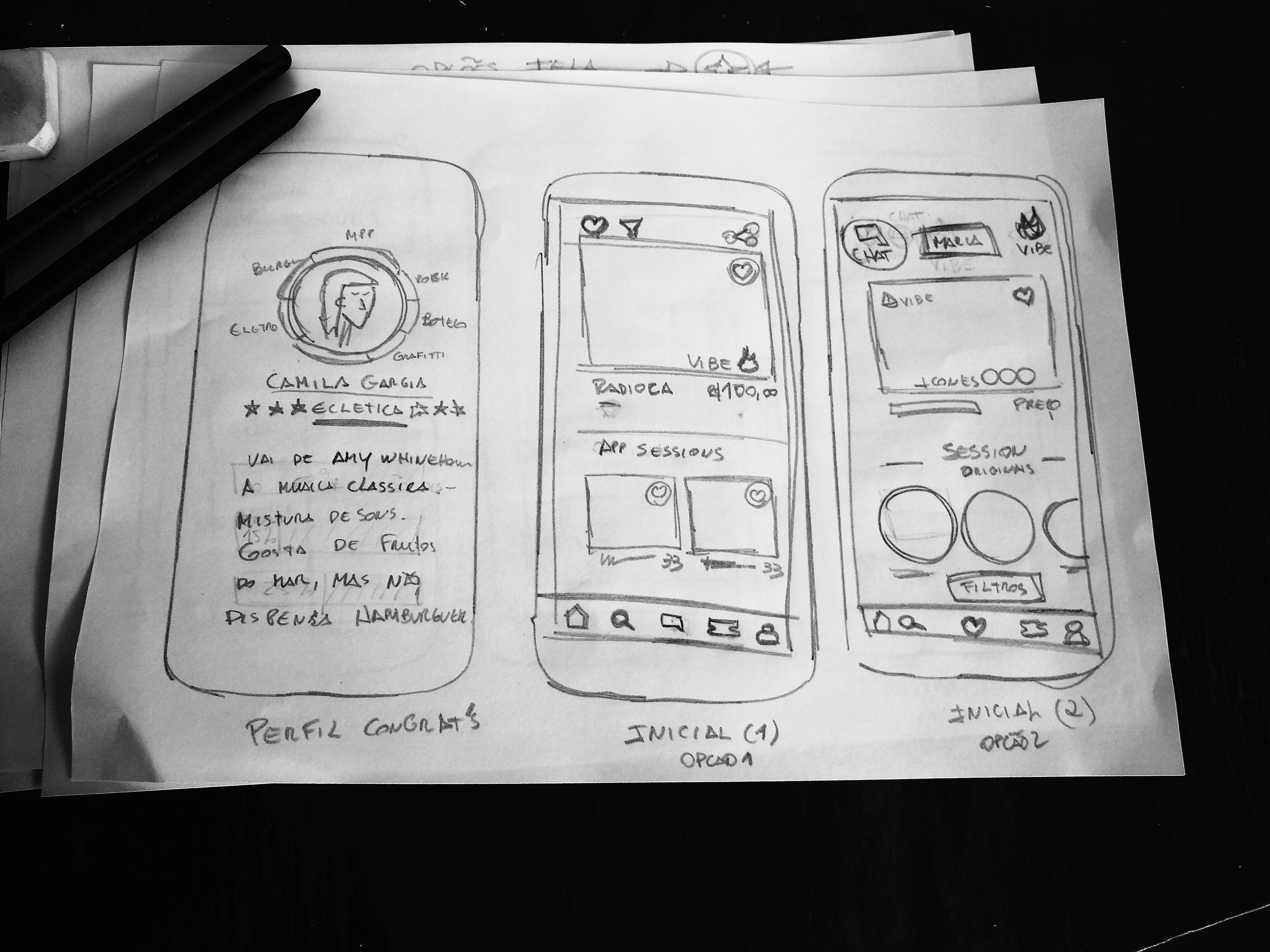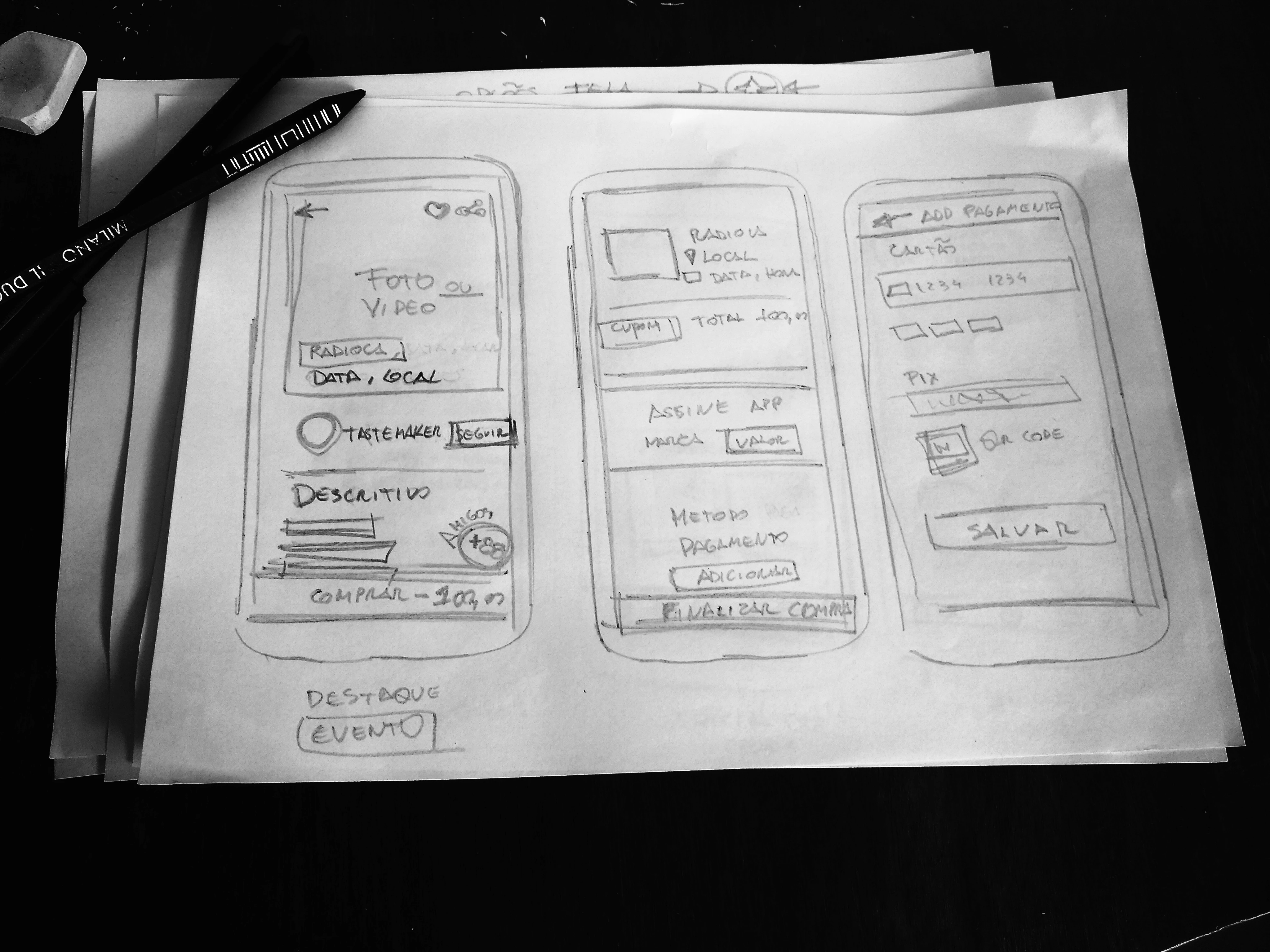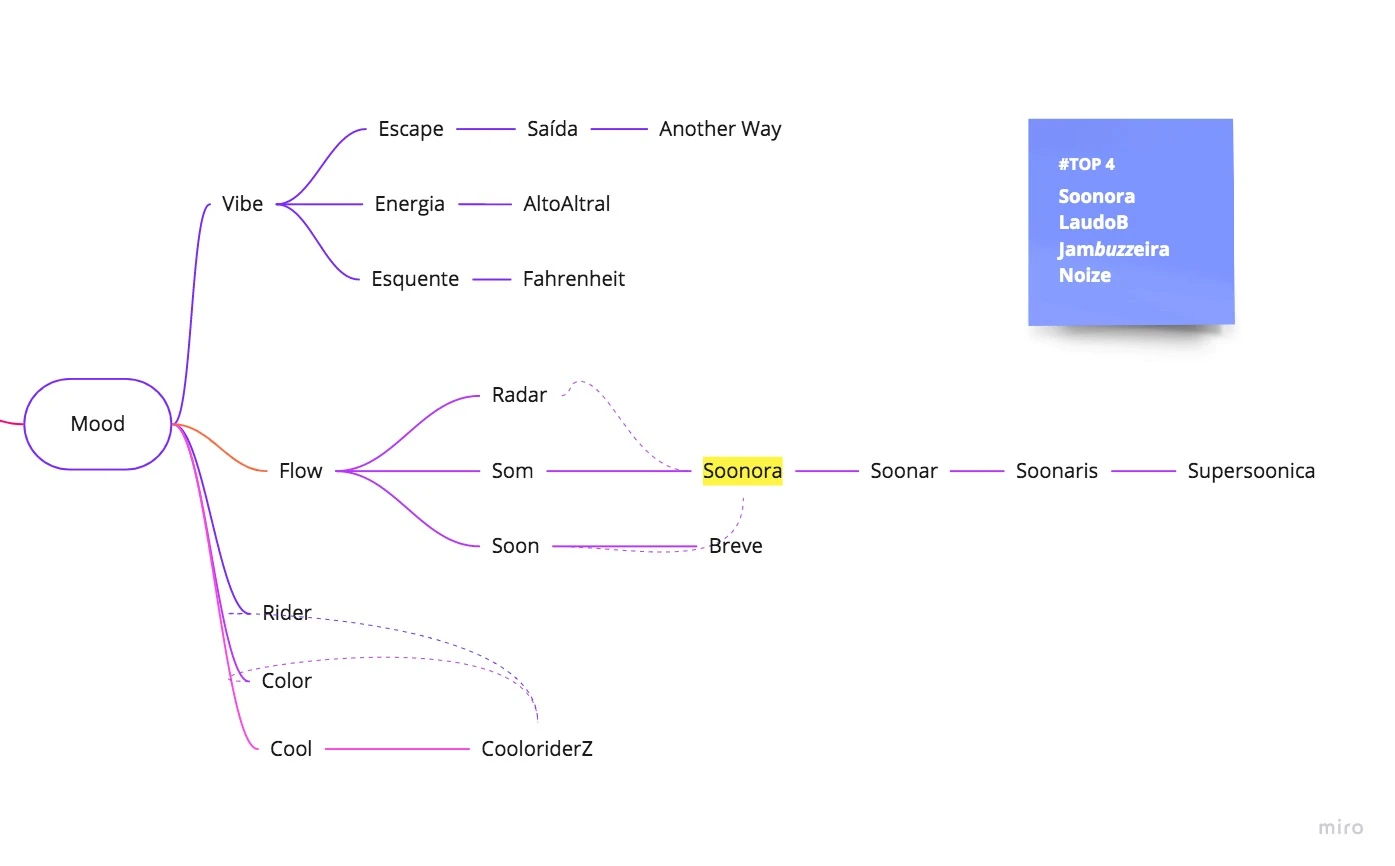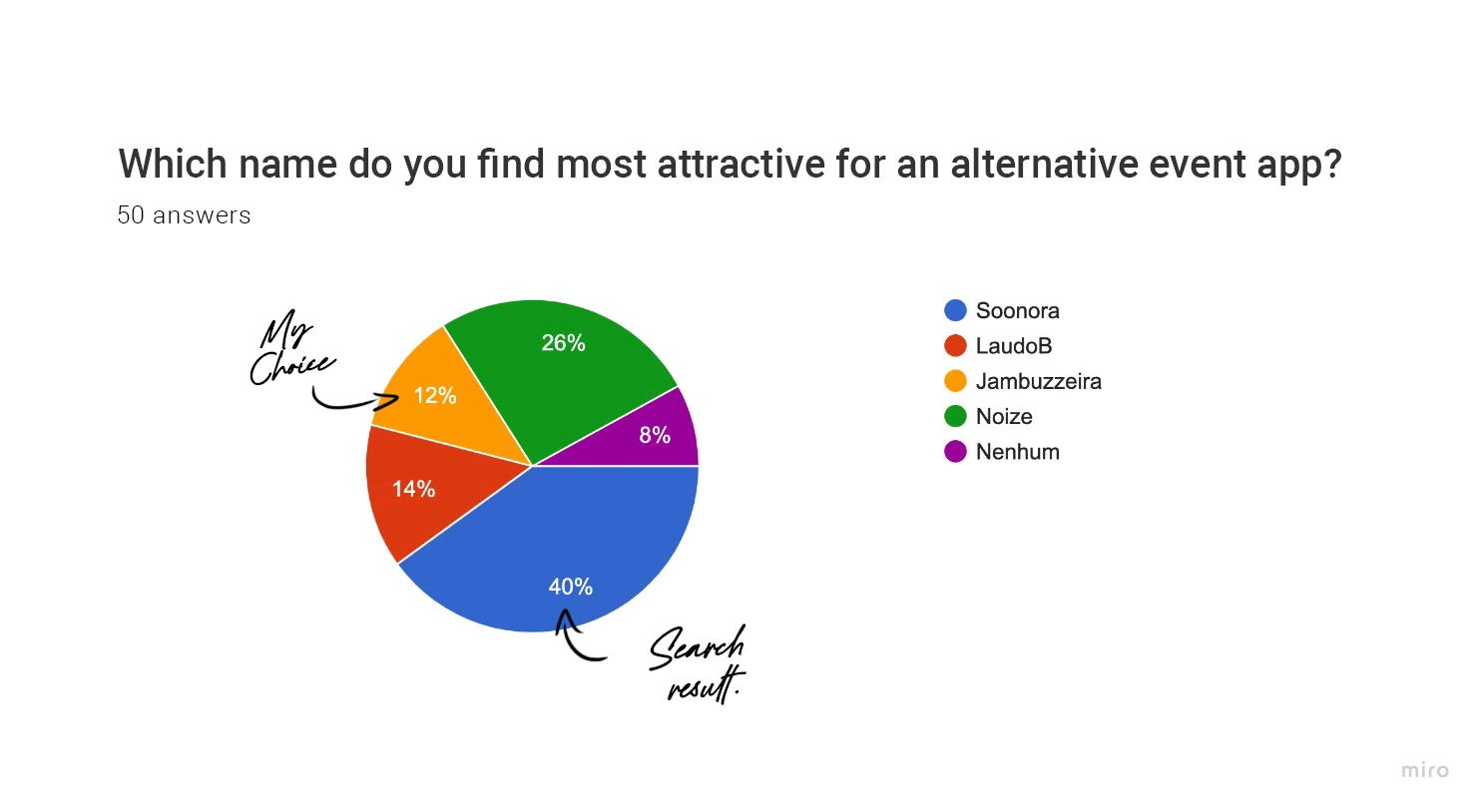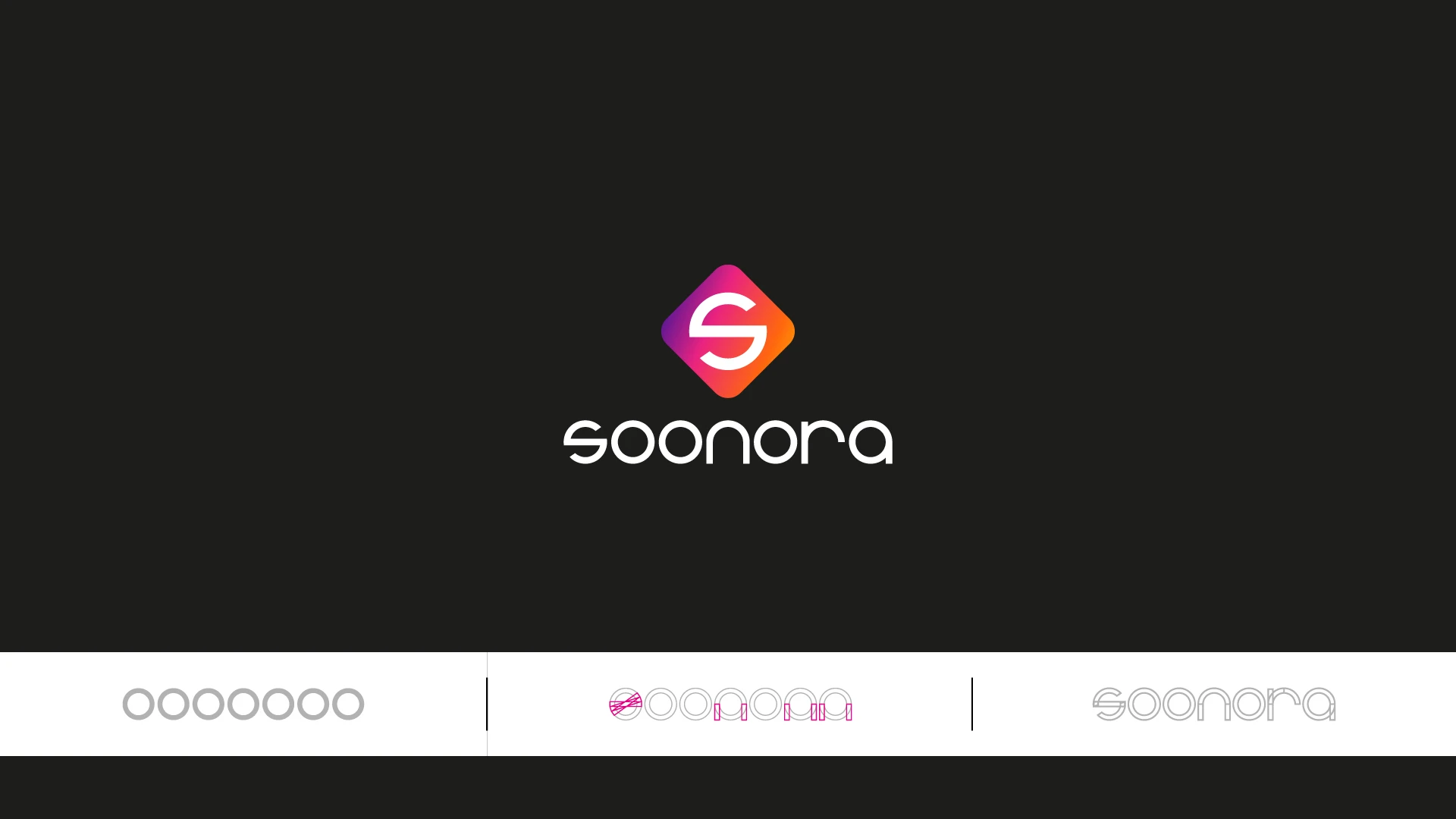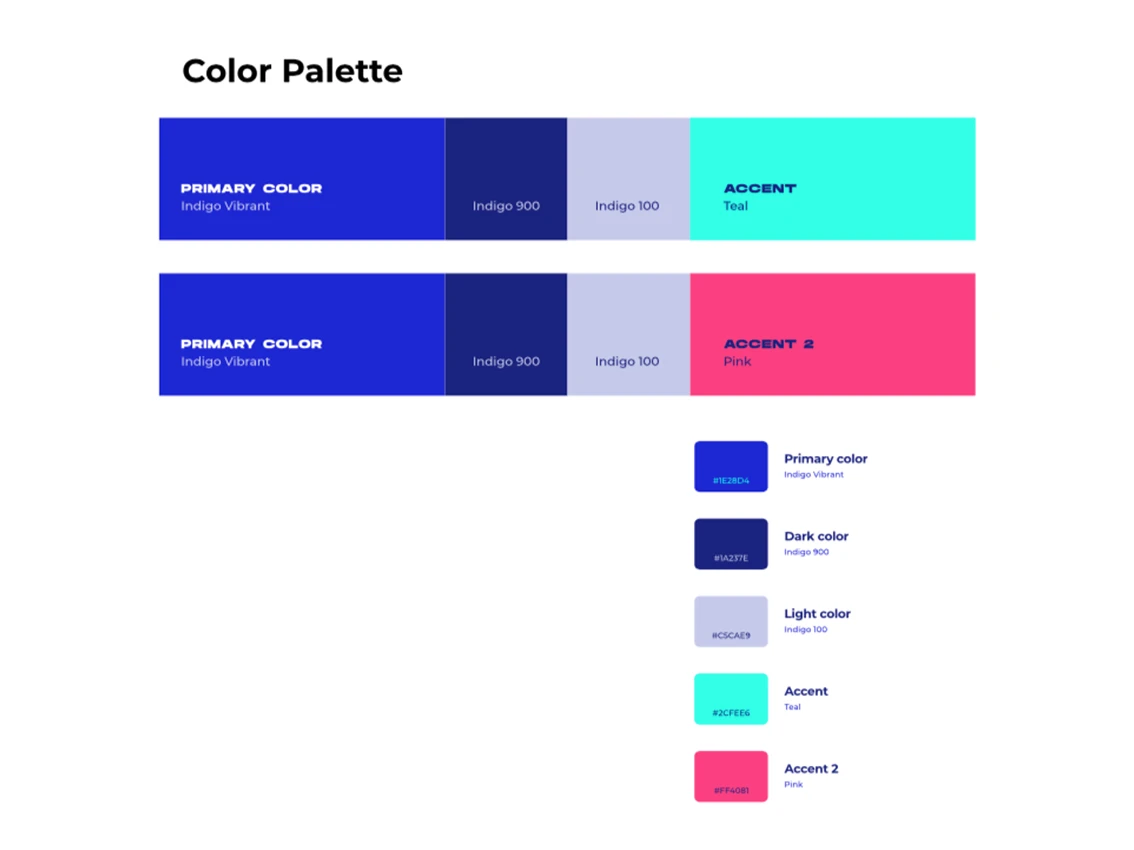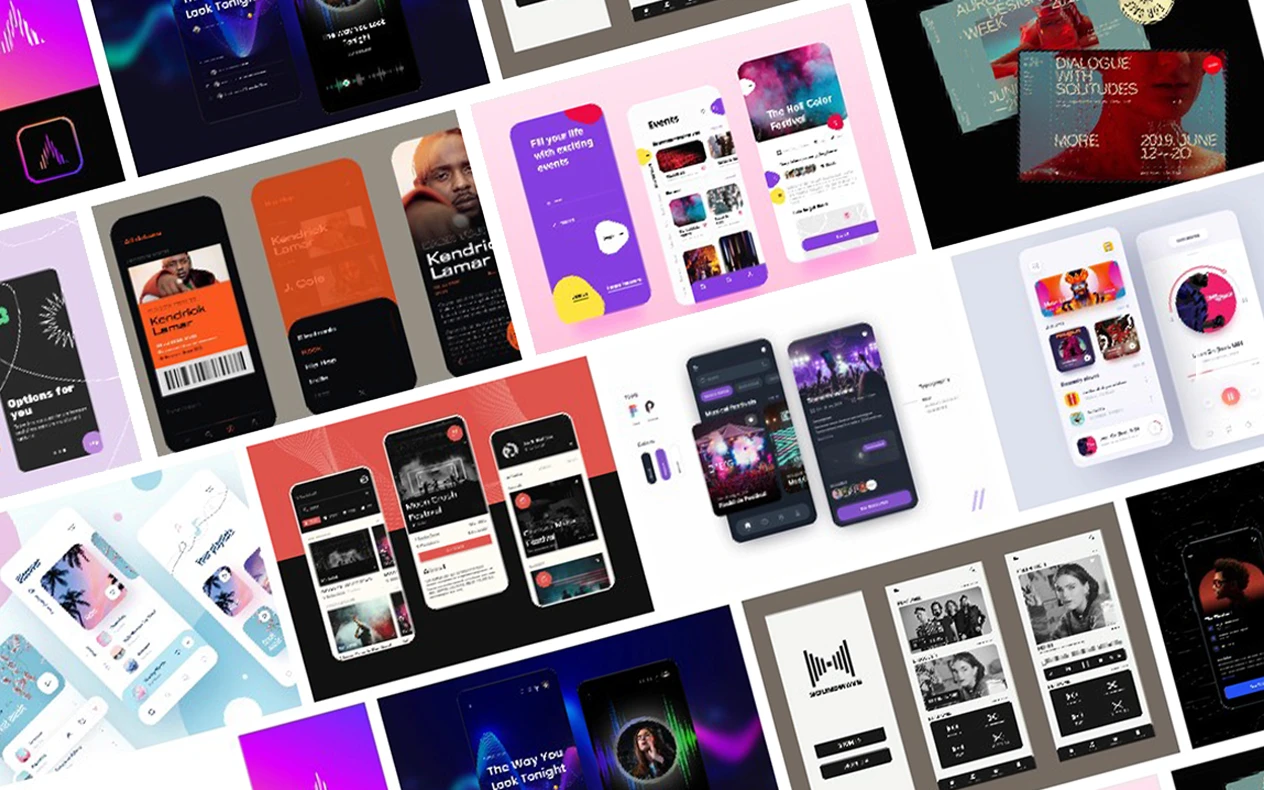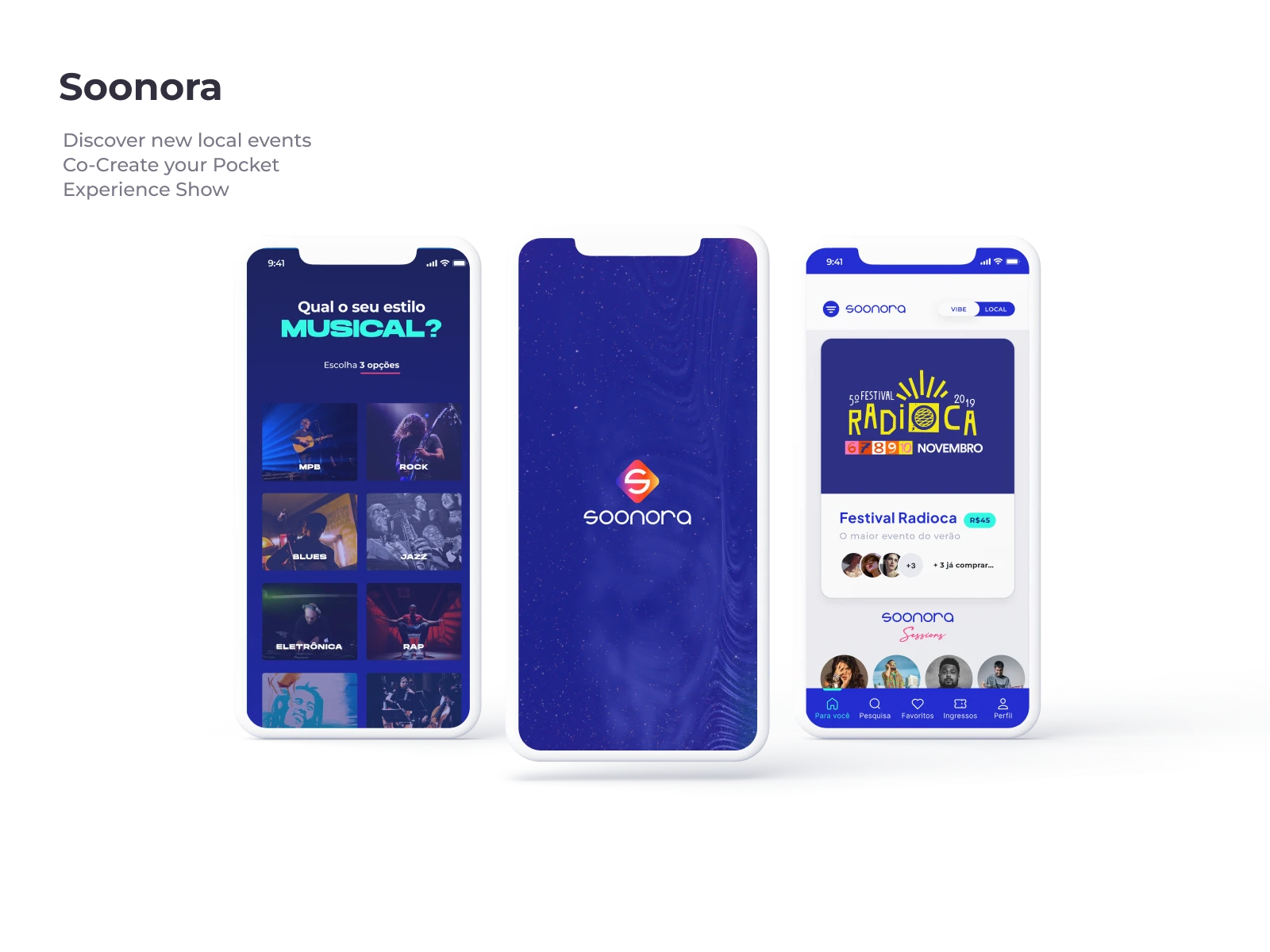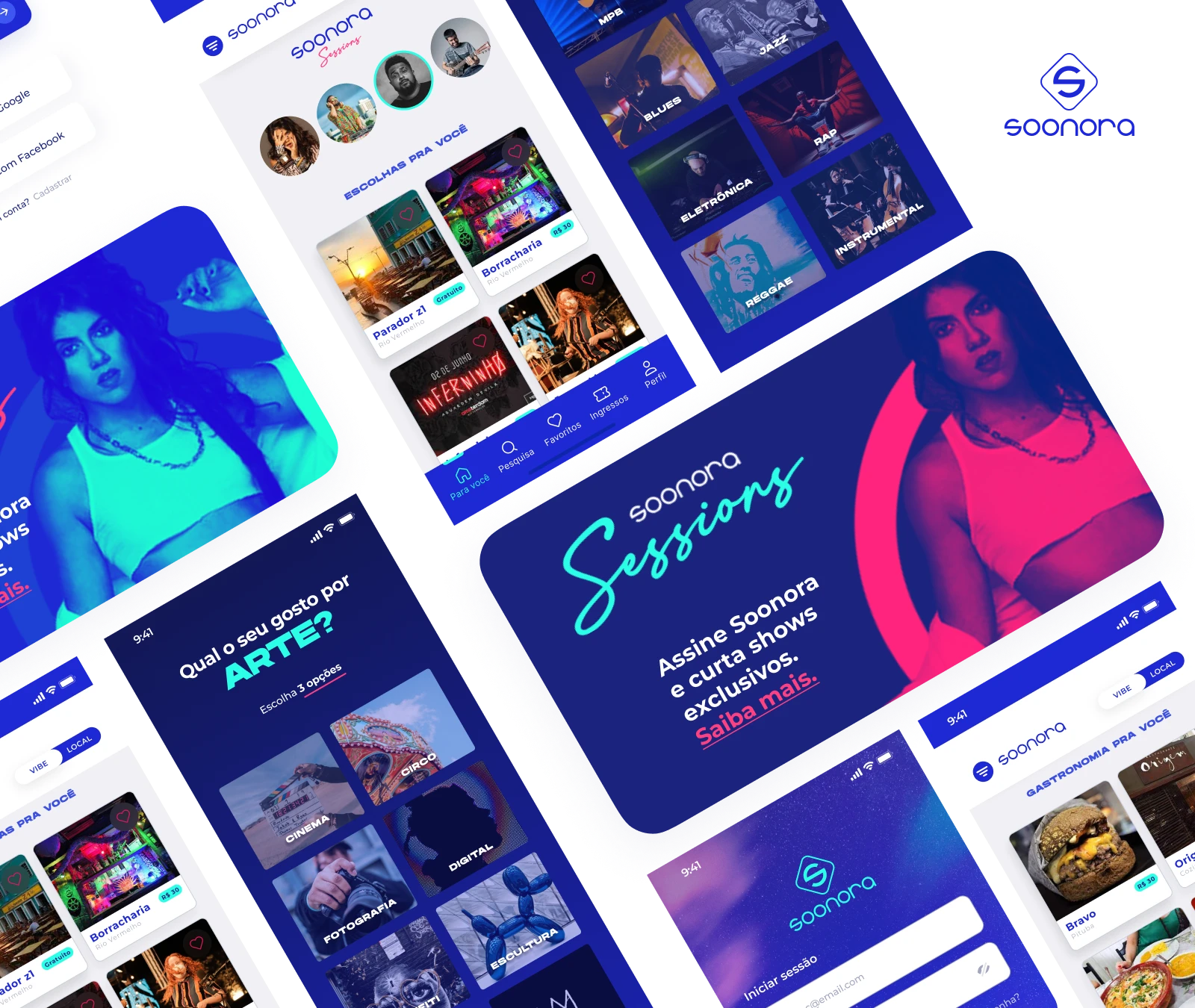Soonora is a mobile application that helps users discover new alternative local events focused on art, music, and gastronomy.
Branding
UI/UX Design
UX Case Study
Discover Alternative Local Events
There are several event discovery applications, but none that cater to the alternative event audience. Thinking about filling this market GAP, the challenge was to create an application that serves the public and has viable economics for a niche market.
Understand the user needs
Developed during the peak of pandemic-induced mobility restrictions, this project directly addressed the shifts in lifestyle, behavior, and future aspirations of individuals. I aimed to grasp the core motivations behind consumers' engagement with alternative events and their anticipation of returning to missed concerts.
Explore and empathize with the specificities of the alternative audience.
Breaks the B2C standard, to the C2C standard, through the curation of “tastemakers” for other users.
Create pocket events where the public can choose their attractions from a range of pre-selected artists available.
Research about alternative scene events and user patterns
Fill market gaps and deliver unique user experiences for the niche
Naming and new Logo
User interface that connects with the target
Main Tasks
→ Matriz CSD
→ Benchmarks
→ Canva LeanSurvey
→ In-Depth Interviews
→ Quantitative Research
→ Personas
→ User Flow
→ Wireframe
→ Naming
→ Logo Design
→ Moodboarding
→ User Interface
→ Style Guide
User Experience - Framework
CSD Matrix
The CSD matrix helped me to organize my initial strategy. I put on paper the main questions to be investigated about this new universe. Who are they and what are the real motivations of the public?

Benchmark
Looking for patterns, gaps and opportunities
I tested the mainstream applications on the market comparing their features, standards, strengths, and weaknesses, looking for opportunities and gaps for improvement and differentiation.
Fever | AllEvents.in | Sharify | EventBrite | Event High | Sympla
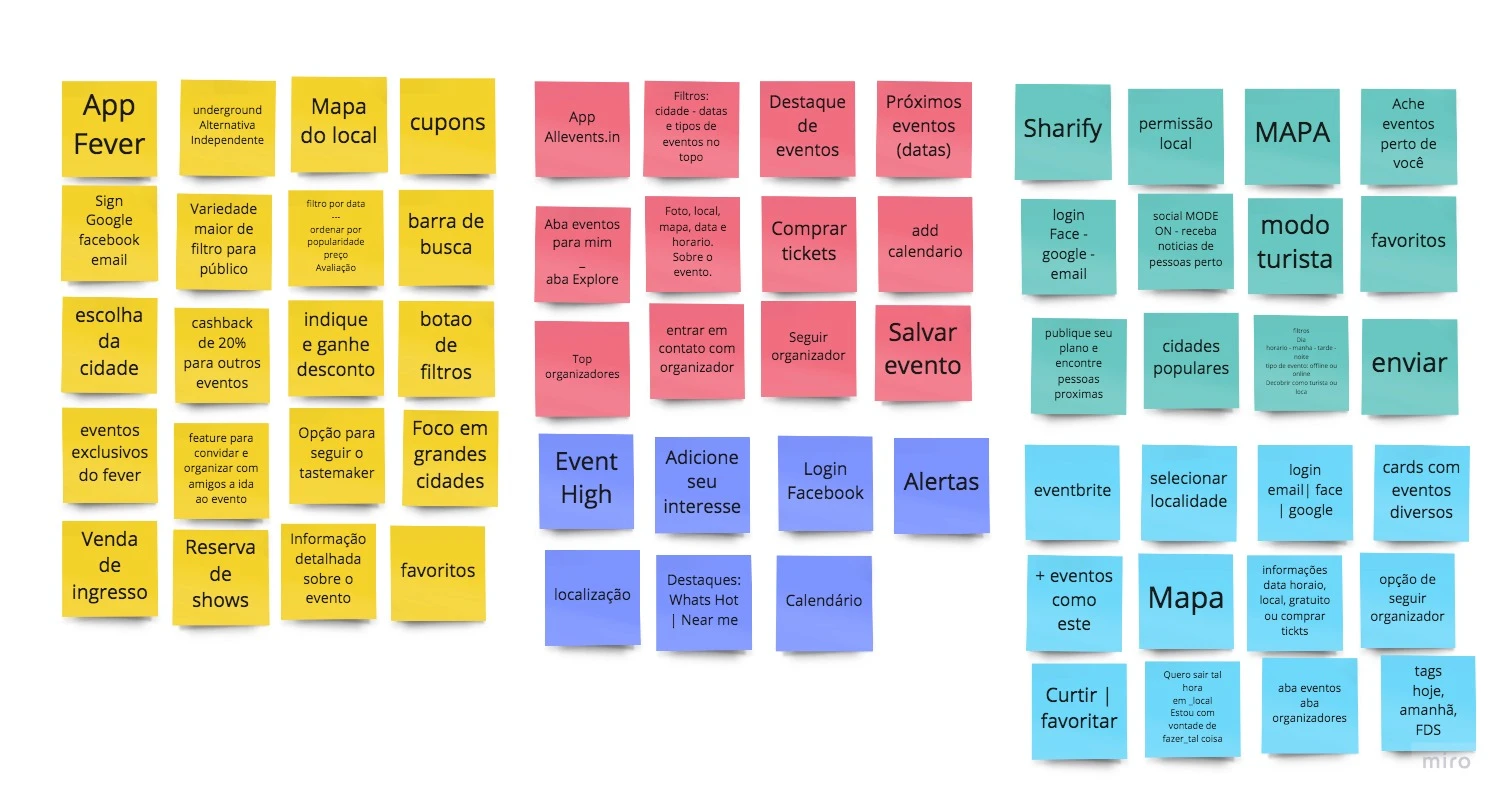
Canva Lean Survey

In-Depth Interviews
I used the lean survey canvas that helped me generate the script for interviews faster. I interviewed 4 people who attend alternative events (or attended before the pandemic) and 2 event producers, who, in addition to being DJs, are also writers and creatives.
The main discovery is about the vibe of the events. A somewhat abstract concept that expresses the aura of the show, which speaks of the energy that flows between people and the expectation of behavior from the public and also from the artist.



Quantitative research
In the in-depth interview, it was possible to discover the audience's frustrations and motivations. In quantitative research, it was possible to create hierarchies of importance.
Artistic attraction was the main motivation. However, distance, price, and location (open) have a decisive influence in different situations, all connected with the financial and age of the alternative niche.

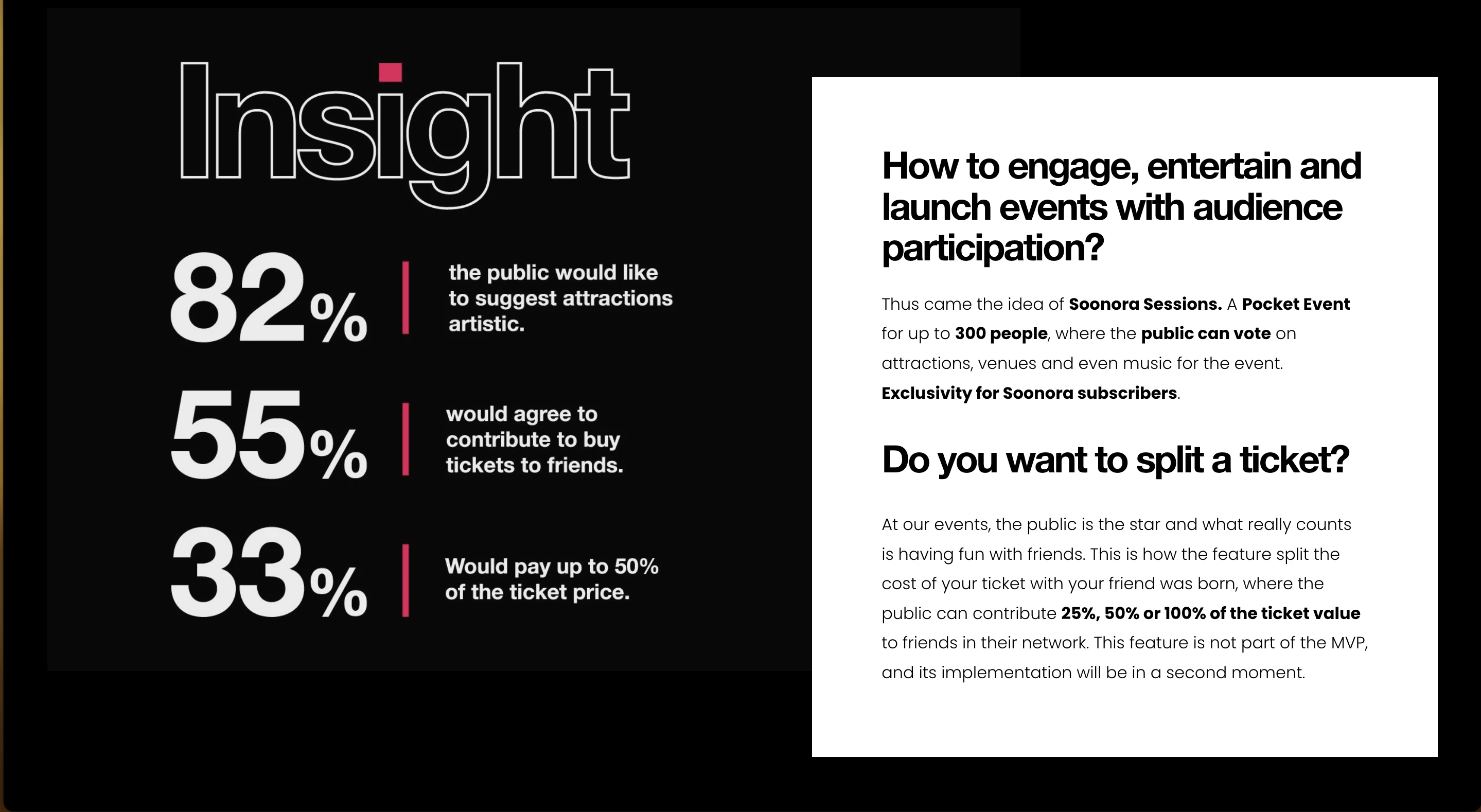
Personas
Using qualitative and quantitative data I created two personas that reflected the behaviour of our main user and tastemaker.
It helped me keep the learnings of the discovery phase well documented.
It helped me connect the dots from both sides, tastemakers and users in a single elegant business solution.


The Idea
After seeing the challenges that alternative attractions face in monetizing their passions and recognizing the loyalty of their audiences, I was inspired to create the concept of pocket shows.
This idea extends beyond the initial mobile interface, diving straight into event production and management. It's all about delivering the experience that audiences crave and musicians need, all while establishing the brand as a unique player in the market.
Pocket shows are practical, support the local scene, and involve the audience in co-creating affordable performances with the atmosphere they prefer, reducing the risk of low ticket sales.
User flow
Going back to mobile app development, the insights from the quantitative interviews helped me grasp what users value most and their priority list. This enabled me to design the user flow accordingly and outline the MVP.
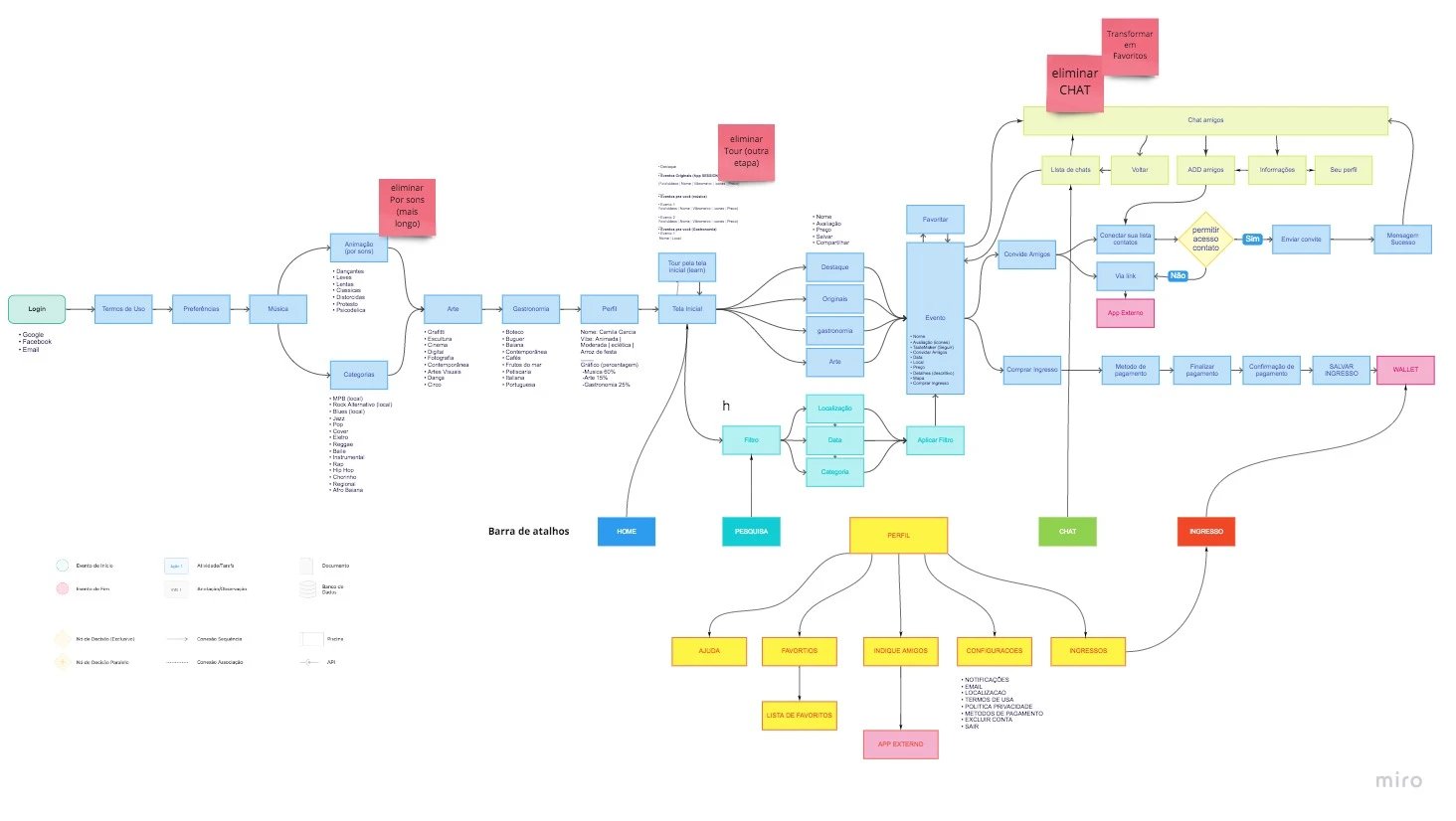
Doodle-frames
Scribbling some ideas on paper, I start to build and organize the flow of the app.
Naming
To create the name, I listed 20 attribute words that I would like to be associated with the brand and 20 words about how the public should perceive the brand. I selected the 5 most pertinent ones to guide the brand personality.
I brainstormed using the word-pull-word technique. After exploring some possible paths, I came up with 4 more promising names.
Naming curiosity
Internally I had a favorite name. But I decided to explore the collaboration of everyone who was part of the project in some way. With google forms, I did a quick survey with 50 people to find out what would be the best name for the application. With 40% won Soonora.
Surprise, surprise! My choice was in the penultimate position. It only won for the “None” option. But I learned a bit more about the context.
Quote: Whenever you think it's valid, research! You might be surprised.
Logo design
Thinking about the name Soonora, a combination of Soon and sonorous, I used the circle as a base element and built the entire typography of the brand.
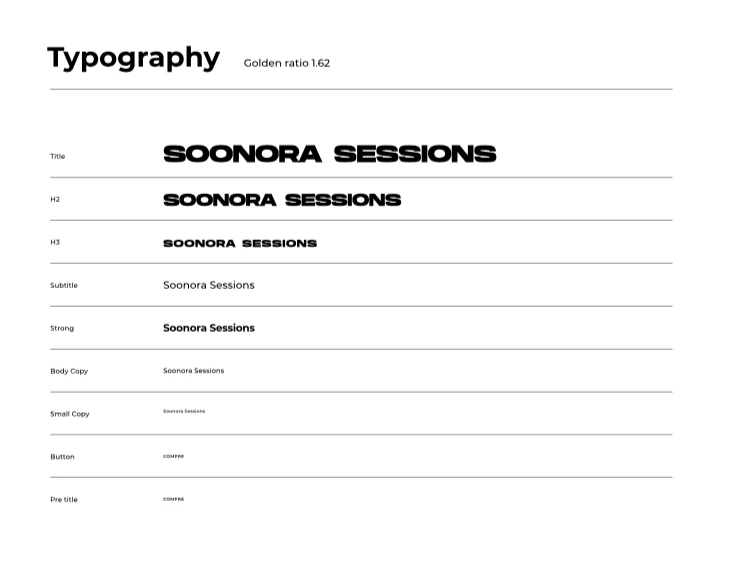
MoodBoard
At first, I looked into artists like Matisse, Stuart Davis, Kandinsky, and Miró, who attempted to visually depict music, drawing inspiration from their typographic and festive styles. Then, I shifted my focus to user interface designs specific to events.
I chose to capture the vibe of music events with a dark mode theme, considering most events happen at night. I also opted for a simpler design approach, allowing the main attractions to stand out rather than getting lost in the details of the app. Simple is better, after all.
User Interface
Using Figma and Photoshop I built the high-fidelity prototype. Check the result in the video below.
Thinking outside the box:
The initial task was to design a mobile app, but diving into the concept of pocket shows opened up a new perspective. The brand could do more than just help people find events; it could enable users to co-create events that are affordable for everyone.
Less is more:
Focus on showcasing the main attractions clearly, stripping away anything that could distract. Keep it simple.
Research matters:
Great ideas stem from exploration and discovery.
Thanks to everyone involved in this project, especially Lau Yamazaki, Gustavo Athayde, Sara Cohim, Adriano Vaz, and DJ Nazca for their invaluable contributions. Your support has made this project a great success. Thank you!
